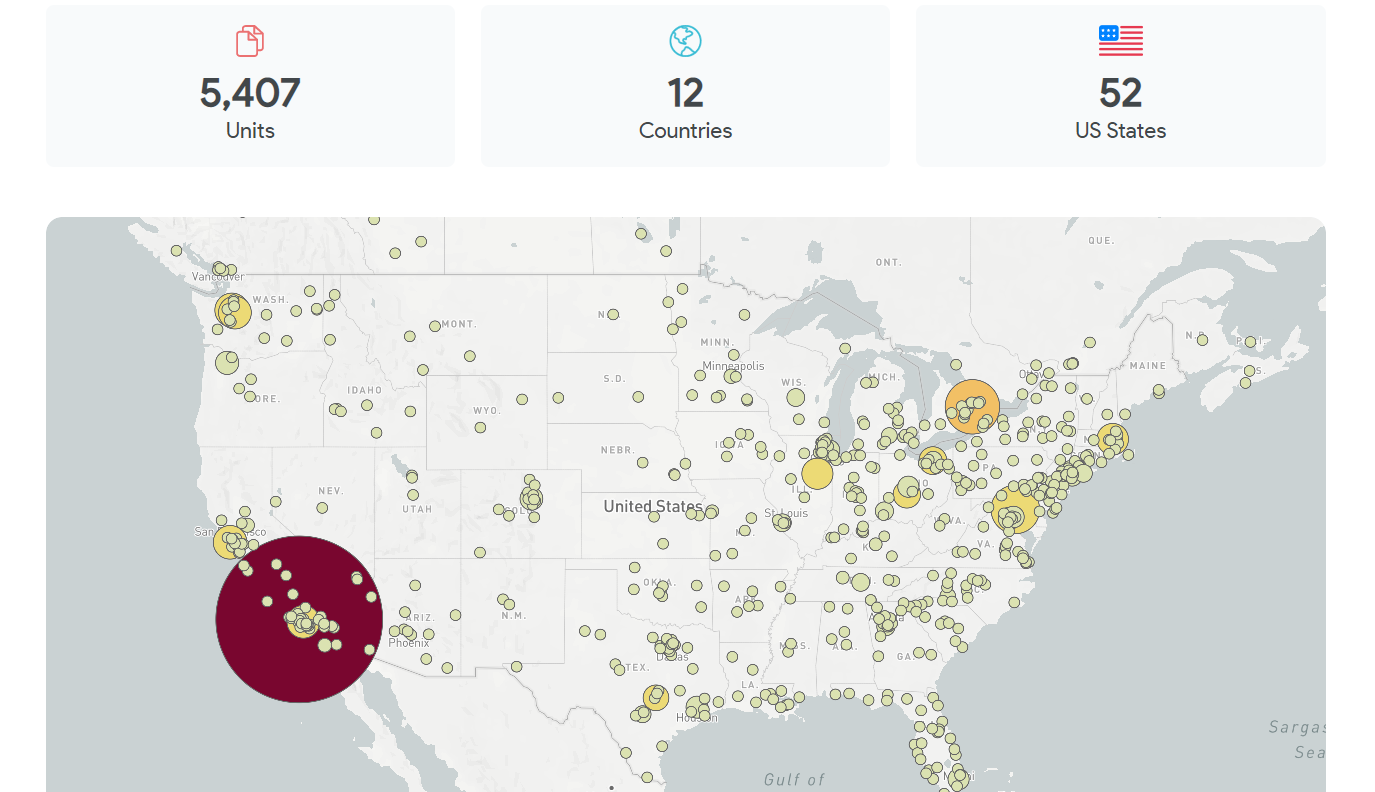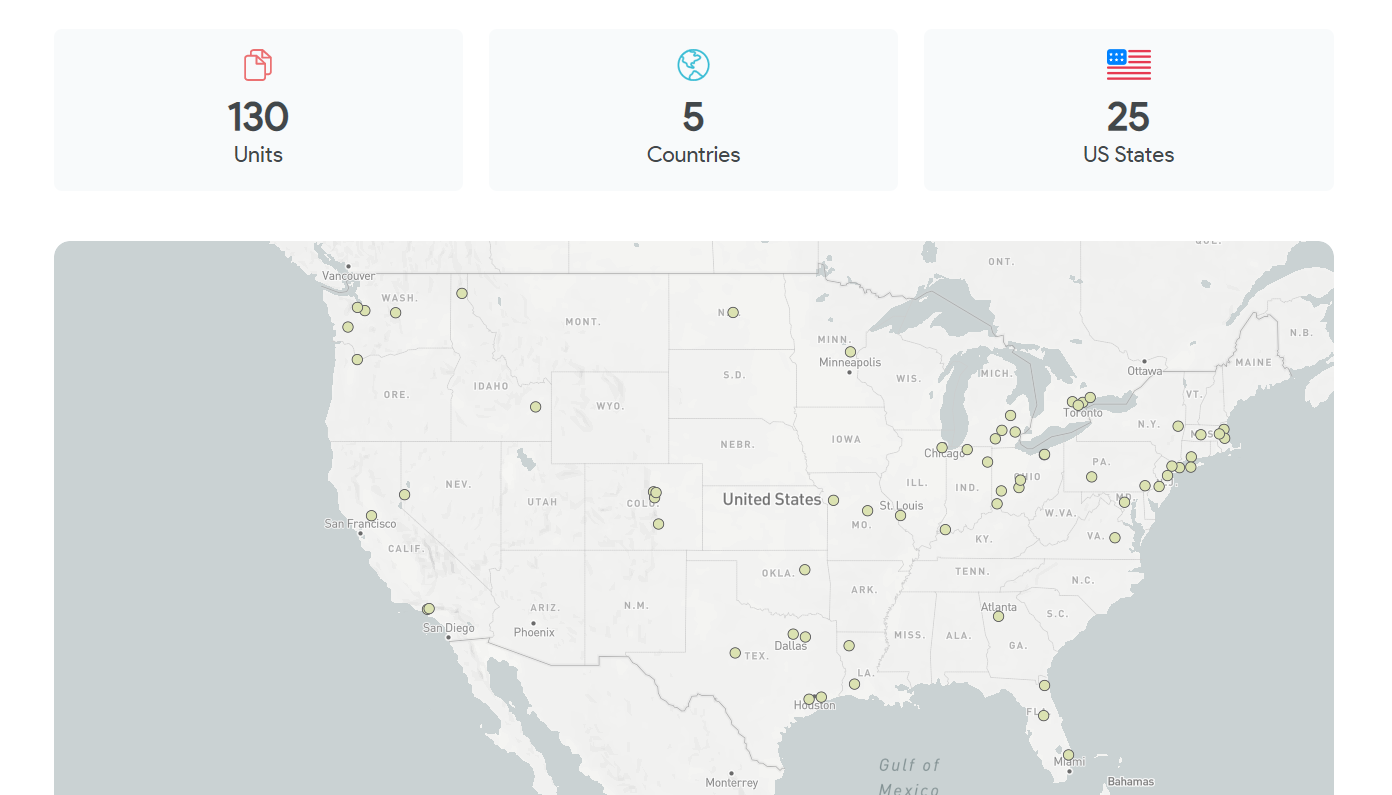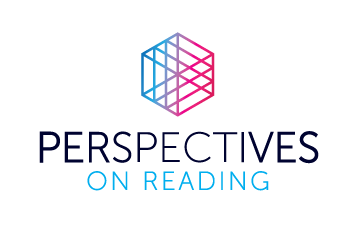Editorial: What every author and agent should know about library sales of their titles

By Steve Potash, Publisher | June 2019
Today the business of bookselling is more competitive and complex. Authors, agents and publishers are seeking to ensure that their work is actively promoted, discovered, bought and read by the widest audience of readers. It’s an increasingly crowded market for media sales and attention. Digital versions of their work (ebook and audiobook formats) often represent the fastest-growing channel to reach new and loyal readers and grow their book sales and earnings.
But, while the pace of change for online discovery, social media awareness and digital book engagement has evolved quickly, one aspect of the book business hasn’t kept pace: access to data. How, where and when an author’s book is being discovered and read is data that was never readily available for print books or CD audiobooks. But, with ebooks and digital audiobooks, there are amazing sources of data available. Data that authors and agents need to best manage their economic interests. Every author and agent should be receiving information from the sale of their ebooks and audiobooks to public libraries, schools, universities and other institutions.
Every publisher supplying ebooks, audiobooks, video and other digital assets to OverDrive Marketplace has real-time access to unparalleled amounts of data about the sales for every title in the catalog. This includes up-to-the-minute data on the number of units of ebook and audiobooks sold every day for every author’s titles, in each format. I often hear from our partners in New York and London publishing houses that they review the real-time sales reports from OverDrive Marketplace regularly, sometimes even several times a day. They can immediately see which library (such as the Austin Public Library (TX), U.S. Navy Library or National Library of Singapore) bought 20 more copies of a popular ebook title to reduce their wait list.
Sales data on what library, where they are located and the number of units purchased is basic information every author and agent should receive. This helps authors understand the total amount of revenue they earn from libraries and other institutions. This also provides a look into where in the U.S. or elsewhere they are developing and reaching an audience and other insights. With a premium on how readers discover an author or title, this information is a ready source of market intelligence.
In an effort to promote more informed conversations between publishers and their authors/agents, here are two questions I recommend every author and agent ask their publisher:
Does my royalty report include itemization of units sold and revenue earned from library, school and institutional sales?
Authors only make money when a book sells, and it would be useful information to know where a book is or is not selling. Does it do well in the retail market like bookstores but not libraries? Or are many libraries purchasing copies alongside bookstores? As of right now, revenue per institution is not provided to authors unless they directly ask their publishers. This includes both print and digital editions: physical books, ebooks and audiobooks. Libraries are key to author discoverability and knowing what format of a title is proving popular is a valuable piece of information for authors and agents.
At what price and under which access models are my titles available for libraries and schools to purchase?
Many authors and agents may not realize that digital editions of books are sold and licensed differently than physical editions. With a physical copy, there is just one copy that is checked out over and over again. Digital editions allow for multiple ways to sell access for lending. These lending models affect what libraries pay, which, in turn, ultimately affects an author’s revenue and royalties.
The gaps in the information provided to authors and agents can be easily filled if publishers provided more detail on royalties and revenue from library sales. This information can help authors and publishers alike, by identifying channels and opportunities for readers to discover, purchase and enjoy books.
An example of the value of this data includes assisting the author and publisher in evaluating which markets have communities of readers more engaged with the author and their work. See for example current data on the holdings of two works: The Library Book by Susan Orlean (ebook) and Home Front by Kristin Hannah (audiobook).
The size of the circle represents the number of units of the digital book in the library collection.


Showing public library unit sales and holdings for Susan Orlean’s The Library Book in ebook format. The largest representation is near the Los Angeles Public Library, the setting for the book.


Showing public library unit sales and holdings for Kristin Hannah’s Home Front in digital audiobook format. Half of the country is unable to discover even one copy of the digital audiobook edition of Home Front through their local library.
Recently, through the work of the cross-industry Panorama Project, data collection and research is underway to better appreciate the value this discovery and brand impact has for an author’s work and earnings.
The Panorama Project recently published a regional listing of the most in-demand titles that readers were on wait lists for. Called Panorama Picks, these lists provide data that independent and local bookstores are starting to review for merchandising and book sales opportunities based on the most popular books in their communities.

Libraries, librarians and library catalogs are often cited as one of the most valuable sources for author and book recommendations, but this is only true if libraries are purchasing the title in question. Where and how many units of an author’s work are being purchased directly impacts its discoverability, and it is important that authors and their agents are provided this information by the publisher.
Authors, ask your agent and publisher to provide, as part of your monthly statement, details of how your book is performing in the library and school markets. This data will better inform how you write, promote and sell to the audiences looking for your work.


